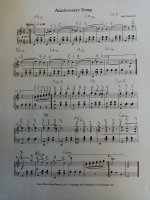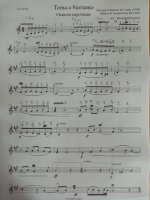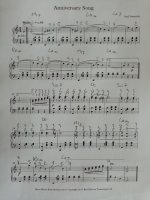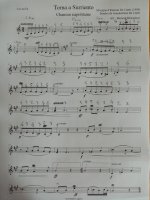I don't want to make another post on fingering but just get some pointers. I started playing recently ( and then had to stop due to an injury) and I am studying alone because, unfortunately, I can't find any CBA teachers. I follow a book that gives the fingering but I wanted to to try to learn a couple of songs I found. I put the fingering in. I know there is no one-size-fits-all fingering but, in your opinion, is the one I put plausible or are there obvious errors? Thanks



Attachments
Last edited:


